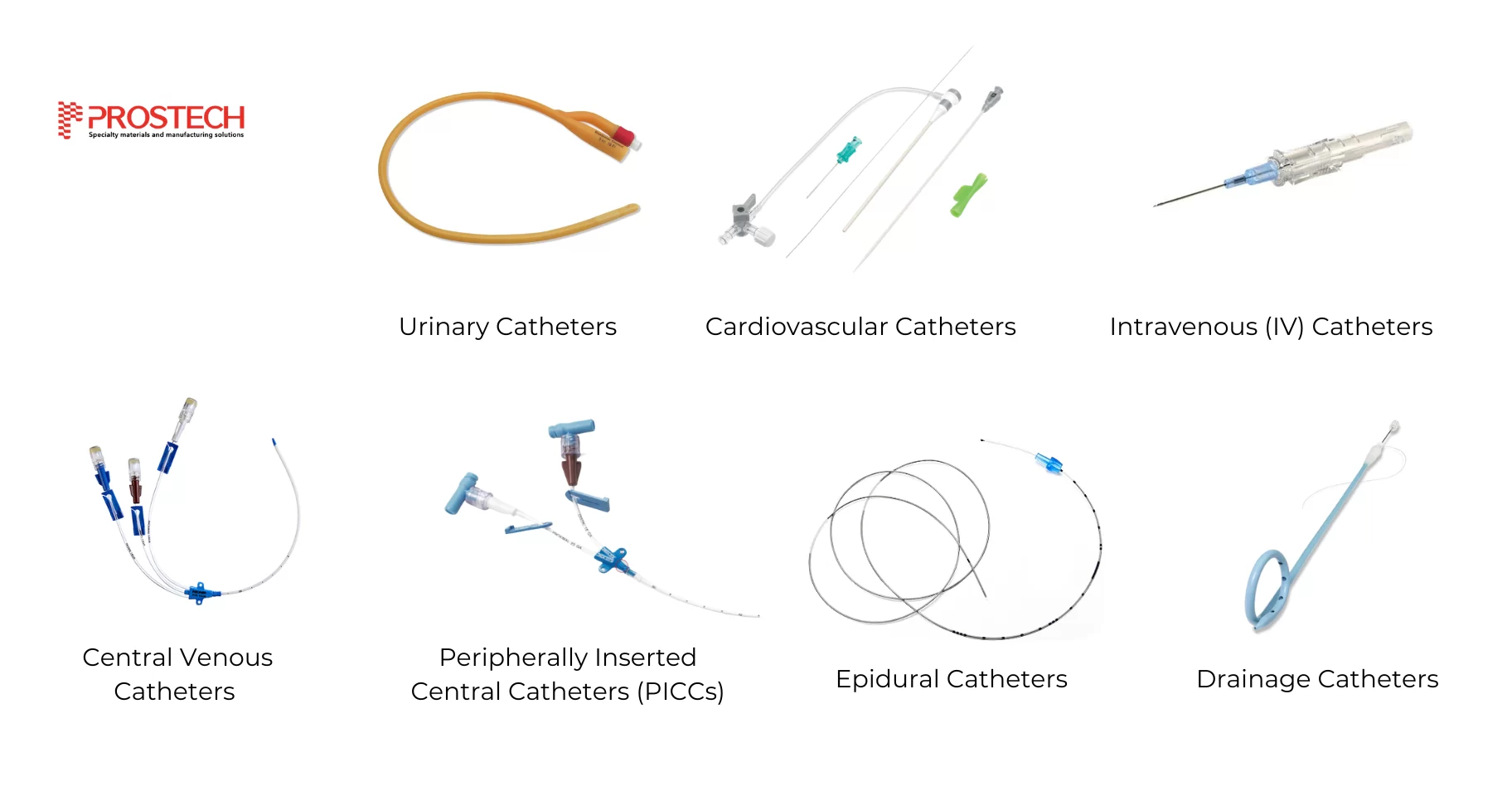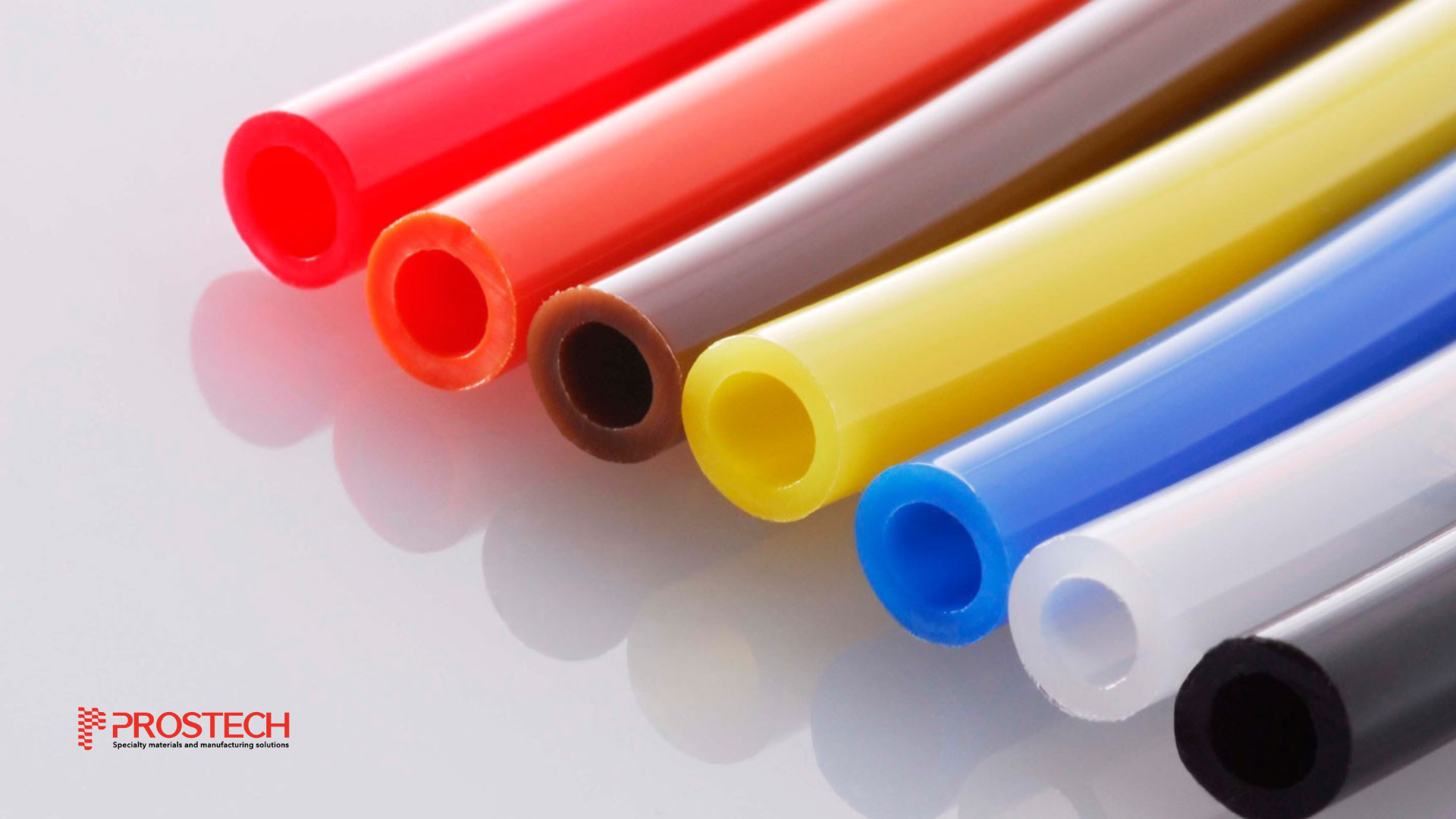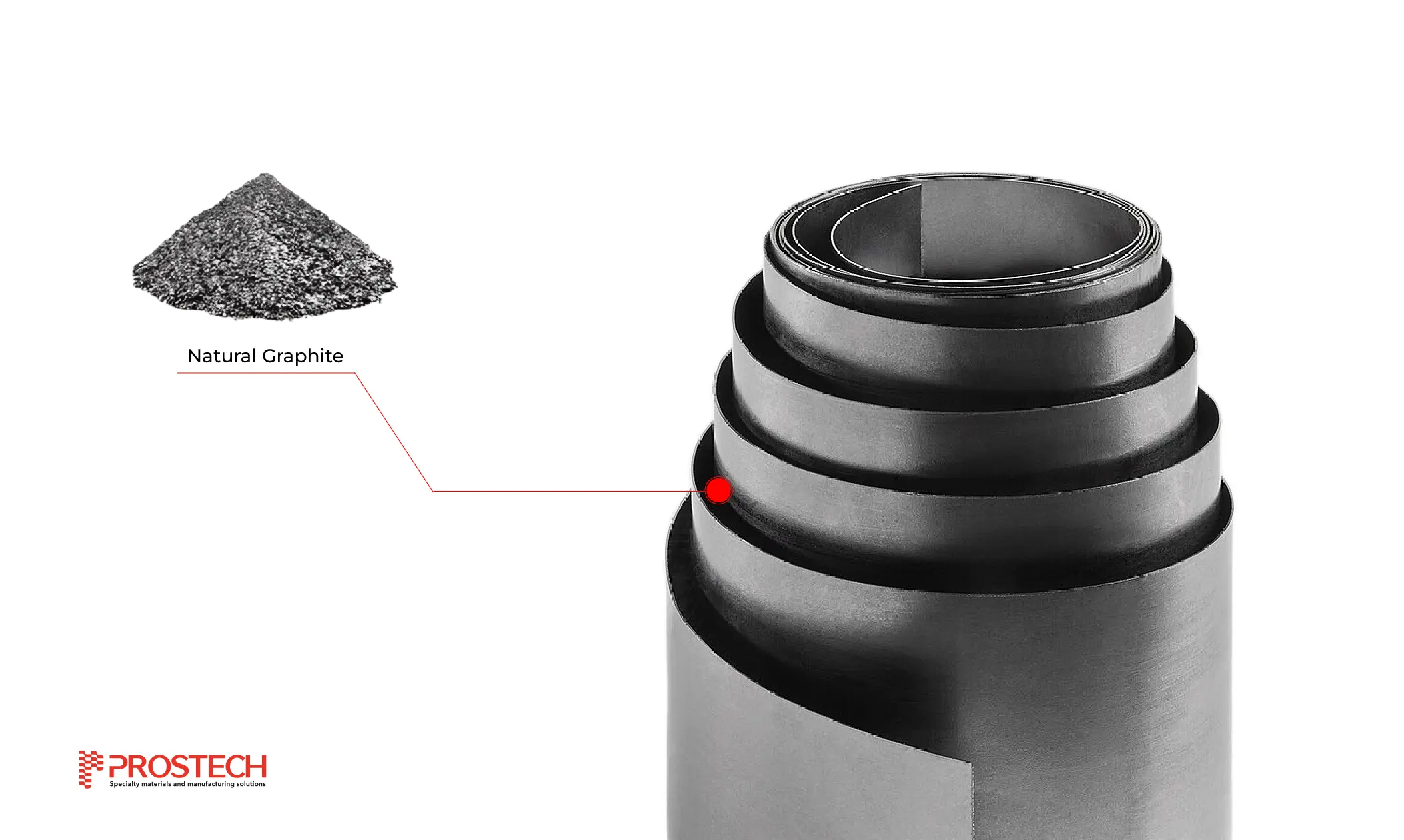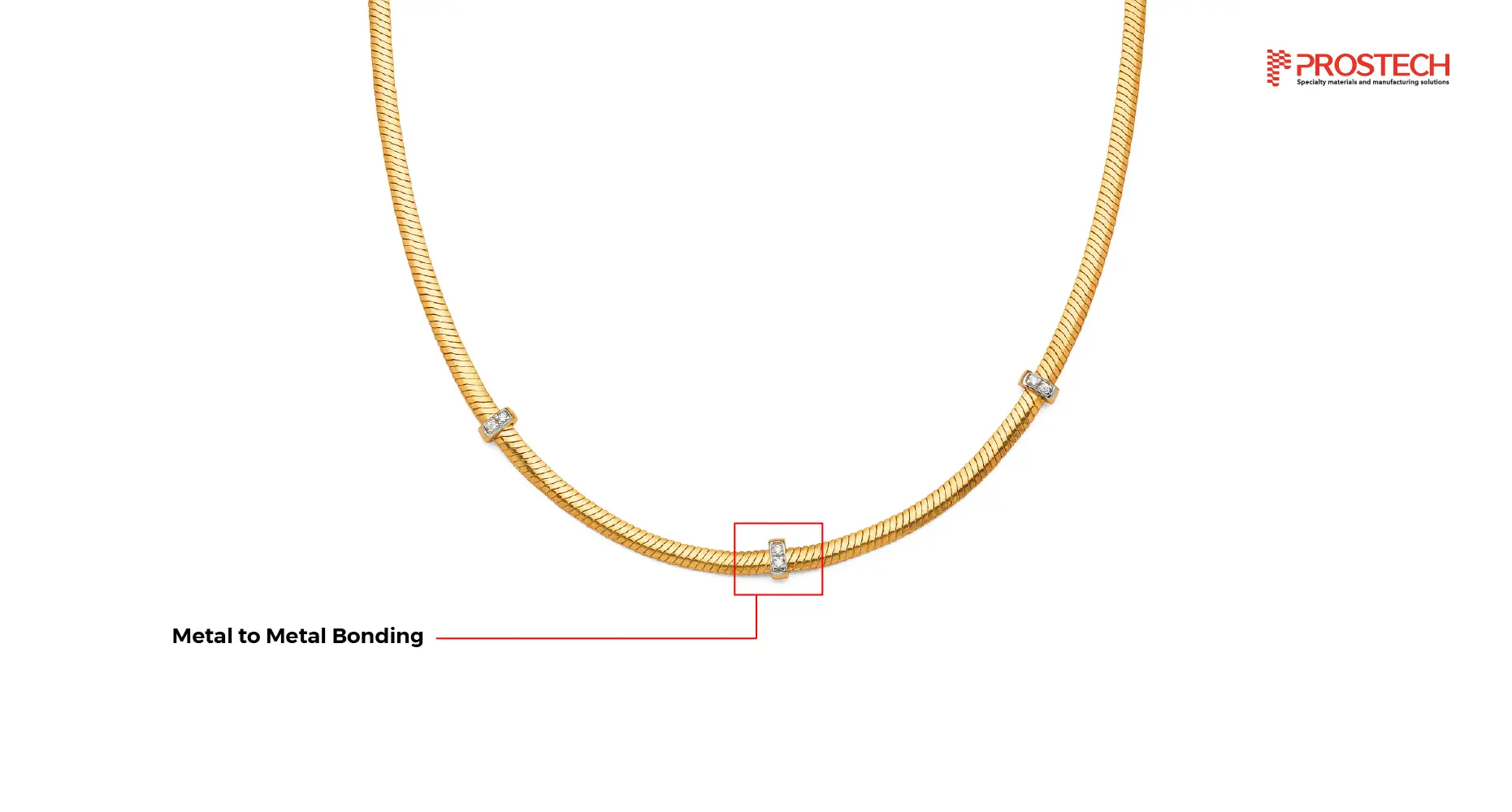Catheters are essential medical devices used for various critical functions such as urinary drainage and intravenous drug delivery. The reliability and effectiveness of these devices heavily depend on the medical adhesives used during their assembly. These adhesives are crucial for ensuring the catheter’s structural integrity, compatibility with the human body, and long-term durability. Therefore, selecting the appropriate adhesive grade is fundamental to the catheter’s performance and patient safety.
Prostech’s solutions for Catheters
What is a medical catheter?
A medical catheter is a thin tube made from medical-grade materials that serves a broad rangeof functions. These devices can be inserted into the body to treat diseases or perform surgicalprocedures.
There are many types of catheter, some common ones are:
Urinary Catheters
These are used to drain urine from the bladder. They can be inserted through the urethra (urethral catheter) or through a small incision in the abdomen (suprapubic catheter).
Cardiovascular Catheters
Used in procedures involving the heart and blood vessels. For example, cardiac catheters can be used for angiography (imaging of blood vessels), angioplasty (widening of narrowed or obstructed blood vessels), and electrophysiology studies (assessing the electrical activity of the heart).
Intravenous (IV) Catheters
These are used to administer fluids, medications, or nutrients directly into the bloodstream. They can also be used to draw blood for testing.
Central Venous Catheters (CVCs)
These are inserted into a large vein, usually in the neck, chest, or groin, to administer medication or fluids, measure central venous pressure, or for dialysis.
Peripherally Inserted Central Catheters (PICCs)
A type of CVC that is inserted into a peripheral vein in the arm and advanced to a large vein near the heart. They are used for long-term administration of medications or nutrition.
Epidural Catheters
Used to deliver anesthesia or pain medication into the epidural space around the spinal cord, commonly used during childbirth and for chronic pain management.
Drainage Catheters
Used to drain fluids from abscesses, cysts, or other fluid collections within the body.
The Application of Medical Adhesives in Catheter Assembly
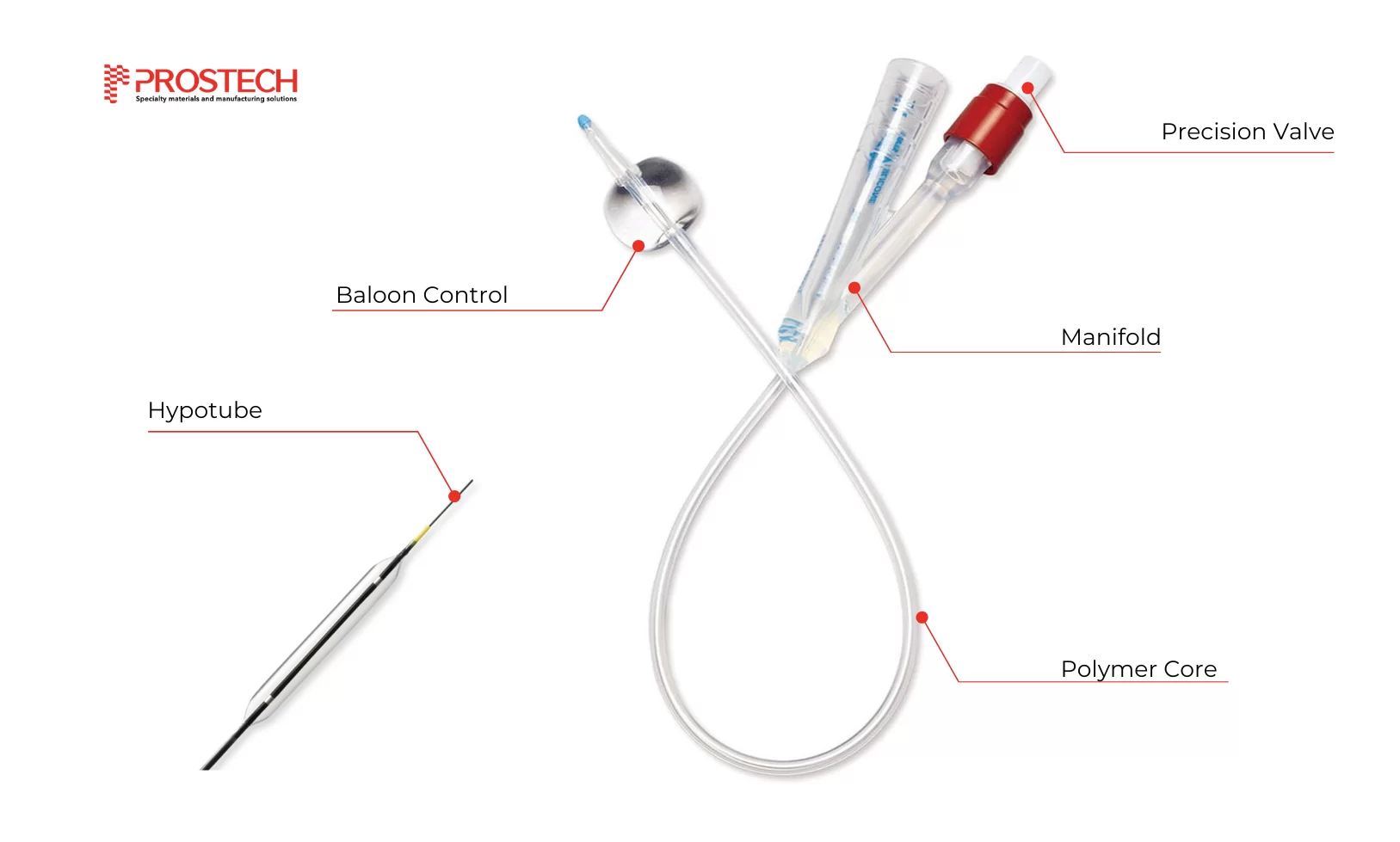
-
Bonding latex balloons onto (also multi-lumen) tubes for angioplasty
-
Manifold/ Lumen Bonding
-
Hypotube/ Hub Bonding
-
Balloon/ Lumen Bonding (especially bonding latex balloons onto (also multi-lumen) tubes for angioplasty)
-
Catheter Assembly.
Types of Medical Adhesives for Catheter Assembly
Hard-to-bond material such as Nylon 12, PEBAX, PEEK, polyurethane, polyethylene, PC, ABS are mostly used in catheter in various application such as Y-connector assemby, balloon bonding, marker band, etc. Those materials might be a challenging for medical device manufacturers to find a suitable adhesive that could offer a strong bonding strength and still maintain the flexibility of the whole set. Since adhesives can come into contact with liquids at the bonded joints, they must be both health-compatible and organically safe, as well as resistant to liquids and standard sterilization methods. Due to the tight fits of tubes and connectors, capillary-action adhesive systems are particularly well-suited for this application.
A UV adhesive or Cyanoacryalate adhesive or a Dual cure UVCA is suitable candidate to tackle those challenging:
Cyanoacrylate Adhesives in Catheter bonding
Cyanoacrylate Adhesives is known for their rapid bonding and strong adhesion, cyanoacrylate adhesives are widely used in catheter assembly. Adhesives such as Permabond 820, MXBON 22401M provide a rapid curing through moisture exposure, ensuring trong bonding and high productivity. They are particularly useful for bonding small parts and creating leak-proof seals.
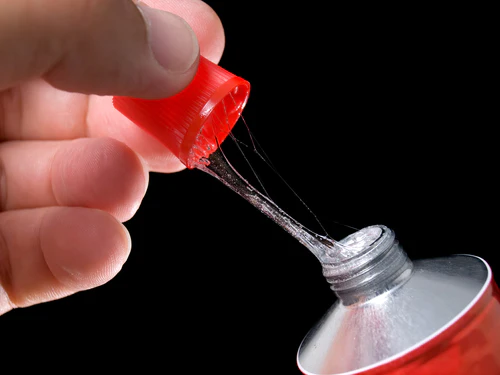
However, they must be carefully formulated to ensure biocompatibility minimizing the risk of adverse reactions and ensuring patient safety. With years of expertise and experience, Prostech can provide you with the ideal adhesive solutions and expert guidance for your specific needs.
UV Adhesives in Catheter bonding
UV Adhesives such as Permabond 4UV80 or MXBON 41132M are suitable for bonding transparent or clear substrates that are exposed to UV light. These adhesives cure quickly upon exposure to ultraviolet light, allowing for rapid assembly and high production efficiency. UV-curable adhesives are often used in applications requiring precise control over the curing process and strong, durable bonds.
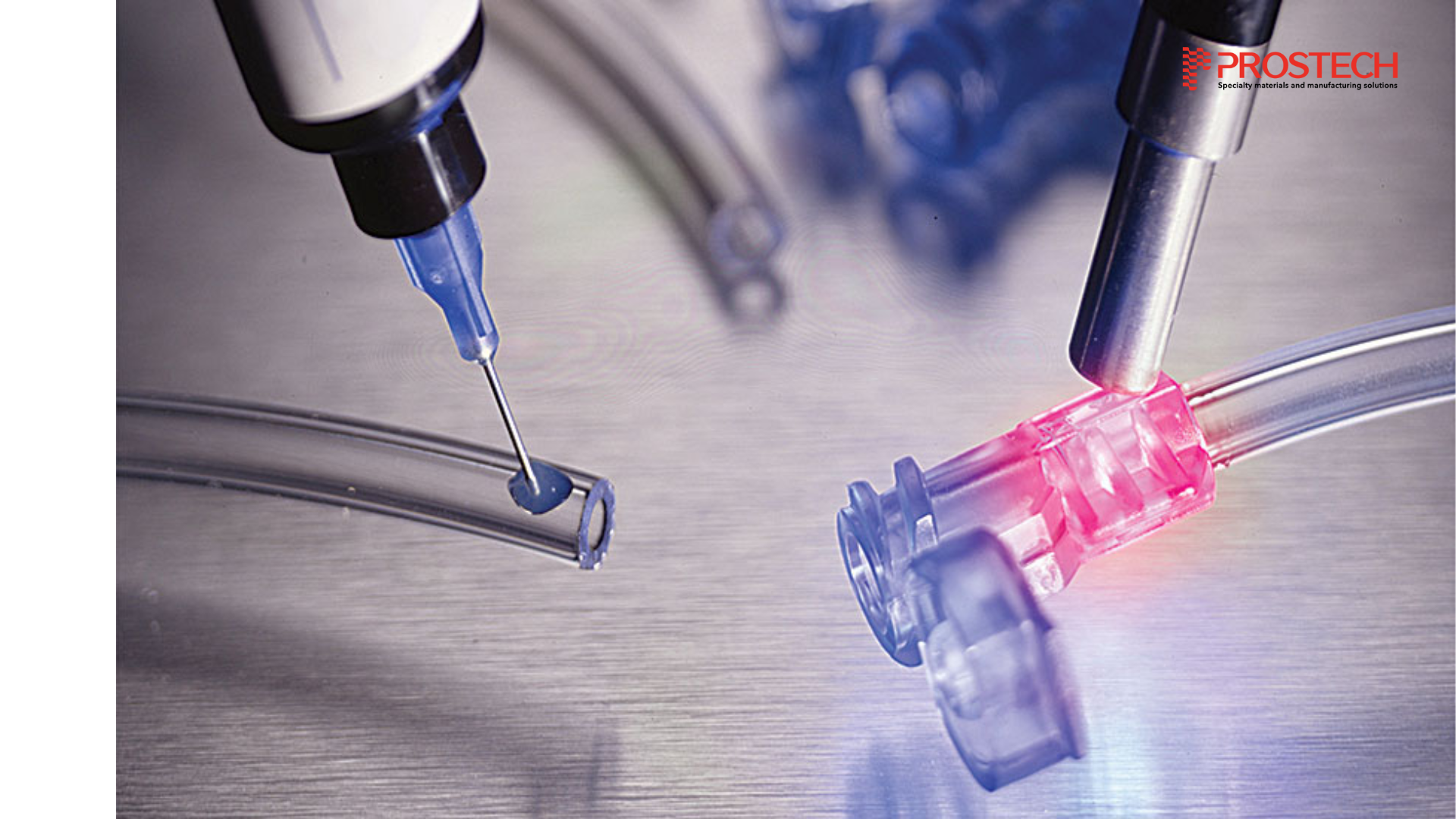
A dual cure system UVCA in Catheter bonding
UVCA combines the rapid curing of UV adhesives with the robust bonding properties of cyanoacrylate adhesives. It overcomes the challenges of UV adhesive, allowing for quick setting under UV light and rapid curing in shaded areas through moisture. For bonding materials like Nylon 12 and PEBAX, options like Permabond 130UV and MXBON 21446M should be included in your adhesive selection.
At Prostech, we specialize in developing advanced adhesive solutions tailored to the stringent requirements of medical device manufacturing. Our team of experts is dedicated to providing high-quality, reliable adhesives that meet the highest standards of biocompatibility and performance. Contact us today to learn more about how our innovative adhesive technologies can enhance your catheter assembly processes and improve patient outcomes.
[contact-form-7 404 "Not Found"]



